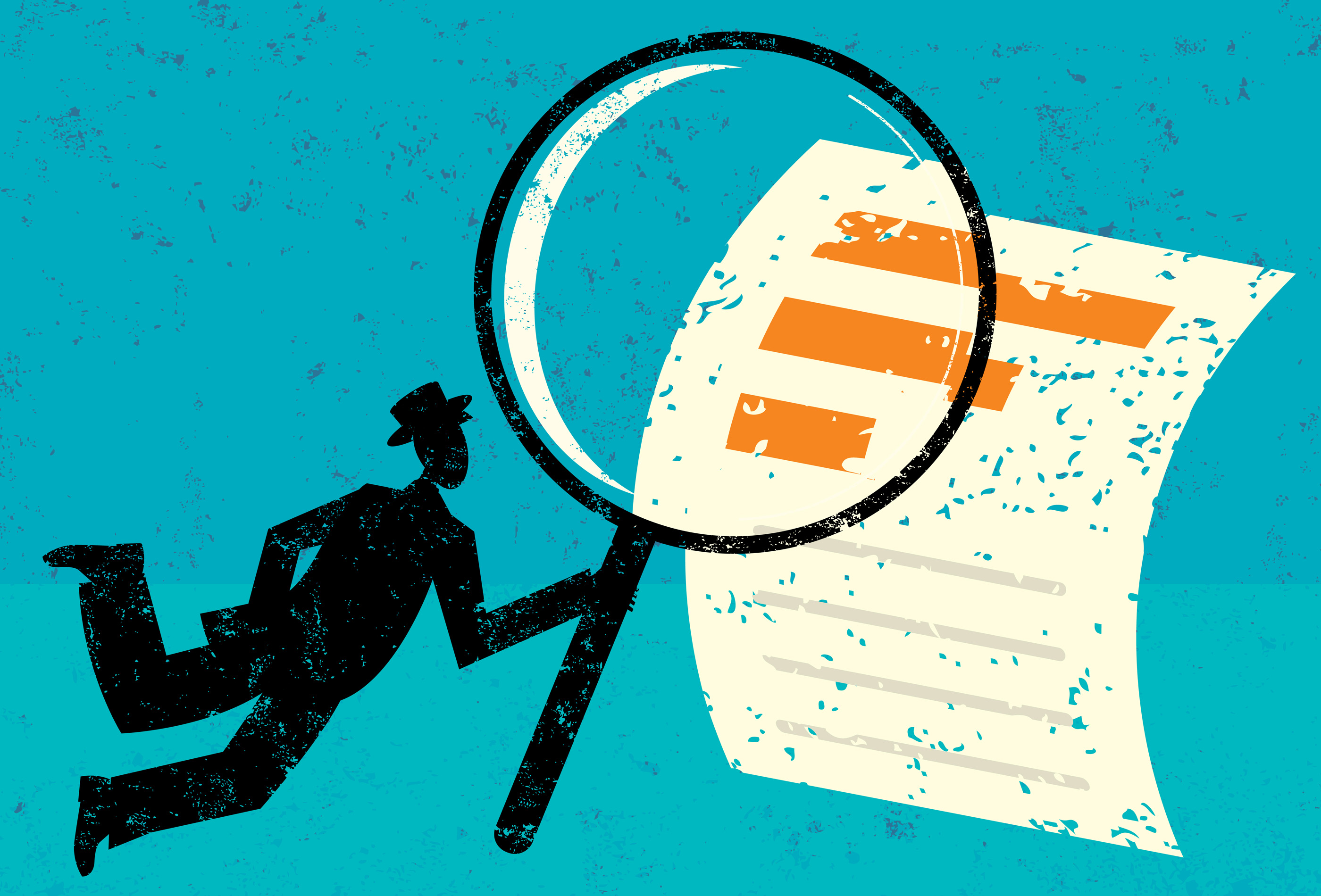Is it OK to Keep Two Sets of Books? A Primer on Deferred Tax Assets

One of the dirty little secrets of finance is that publicly traded corporations maintain two different sets of “books,” or accounting ledgers. Before you get all riled up and start calling various attorney generals’ offices, understand that it is perfectly legal and normal.
One set of books is for the financial statements that they present to shareholders when they file their quarterly reports with the U.S. SEC, and that set is prepared according to GAAP (generally accepted accounting principles). The other set is the books they keep to pay their taxes to the IRS.
The government, it turns out, doesn’t much care for “generally accepted” and is often only concerned with what actually happened. It usually doesn’t want to hear about “estimates.” GAAP, on the other hand, actually requires management to make estimates of both revenues and expenses all the time.
GAAP vs. IRS Accounting
One of the most common differences between GAAP and IRS accounting rules is the amount of depreciation expense a company is allowed to take on its equipment. For the most part, companies try to stick to the “matching principle” in accounting. That is, they try to match when the revenue is generated with when the expense is incurred. This matching helps them plan for capital expenditures in the future.
Airlines, for instance, don’t recognize the expense of a new airplane in the period when it is delivered to them but instead stretch the expense out over the years of service that the plane will be used to generate revenue.
The government, on the other hand, in an effort to encourage capital investment, allows companies to take a lot of their depreciation expenses right away, which companies often take advantage of. Remember: the higher your expenses, the lower your profit and the less you owe the government. So, it is a good deal from management’s point of view, and companies taking advantage of this allowance show all such expenses to the IRS.
One Big Difference
When these companies report to shareholders, they show a lower depreciation expense and, therefore, a higher profit. After all, shareholders like higher profits. And there lies the crux of the matter. The company just created a difference — albeit a temporary one — between the two sets of books.
Ultimately, the company will take the full amount of depreciation that it can on the piece of equipment. If the equipment costs $100,000 and the company is allowed to depreciate it over five years, it may show shareholders an equal amount of $20,000 each year while it shows the government an accelerated, or higher, amount of depreciation in the first year and a lower amount in future years. The key thing to understand is that both sets of books will eventually show total depreciation of $100,000, just in different increments at different times. But ultimately, the difference is temporary and will reverse.
New Kinds of Assets and Liabilities
A critical point to understand in this example is that the company’s taking a big part of the depreciation expense up front allows it to pay lower taxes in the beginning. Therefore, it will use up most of the expense in the beginning and will not be able to claim that expense in later years. It will show higher profits and, therefore, pay higher taxes in the future. Yes “future tax owed” and “deferred tax liability” sound the same because they are the same.
Anything you do today that causes you to pay higher taxes in the future creates a deferred tax liability. That statement bears repeating: Anything you do today that causes you to pay higher taxes in the future creates a deferred tax liability. Think of it this way: A liability is a bad thing. Paying higher taxes is a bad thing.
An asset, on the other hand, is a good thing. And it can be reasoned that paying less taxes in the future is a good thing. So, anything I do today that causes me to pay less tax in the future would be a . . . a deferred tax asset! I’ll explain.
In the depreciation example, the company was allowed by the IRS to take a higher expense than it normally would have. Sometimes, though, the IRS does not allow a company to take expenses that GAAP not only allows but also very often REQUIRES.
A typical example would be bad debt expense. Whenever a company sells anything on credit — in other words, doesn’t collect 100% of the cash up front at purchase — GAAP requires management to make an estimate of what percentage of credit sales typically don’t get paid.
Any seasoned management team will have a good idea, as well as lots of data, to support this estimate. But the IRS is only concerned with which accounts are actually in default, not which ones management thinks will be in default in the future. So in this case, the government is disallowing certain expenses that GAAP actually requires.
The company can’t use the expense today, so it pays higher taxes today, but when the accounts default in the future, the company will be allowed to claim the losses as expenses and will pay lower taxes in the future. Again, paying lower taxes in the future is a good thing and creates a deferred tax asset.
Another expense that the IRS won’t allow until it is incurred but for which GAAP requires an estimate and expense is warranty expense. Warranty expenses arise when customers bring back defective merchandise. Like bad debt expenses, they are recognized at the time of sale as an estimated expense, and the accounting treatment is similar.
It might also be worth noting that there are certain differences in the financial statements that are not temporary but permanent, such as interest on municipal bonds, which is not taxable now or in the future. Permanent differences do not give rise to deferred tax assets or deferred tax liabilities because the differences will never reverse.
So, it’s important to keep this all in mind particularly when analyzing companies that have a lot of depreciable assets. Their cash flow statements may not be as directly comparable to other companies in their industry as you might think. Are you still confused, or are you ready to dive into the world of tax accounting? Let me know on Twitter @SconsetCapital or in the comments below.
If you liked this post, don’t forget to subscribe to Inside Investing via Email or RSS.



You suggest that deferred tax assets are a “good thing” whereas deferred tax liabilities are a “bad thing”. Precisely the opposite is true. Accelerated depreciation means that you pay lower taxes today at the expense of higher taxes in the future. This creates a deferred tax liability. If you didn’t accelerate depreciation and didn’t have a deferred tax liability you would pay higher taxes today and lower taxes in the future. The total tax burden would stay the same. Accelerated depreciation therefore allows you to shift tax burden into the future, which is a good thing as a dollar today is worth more than a dollar in the future.
You are 100% technically accurate. But for people wholly unfamiliar with the terms and concept I was hoping that the word association might make it a bit easier to grasp. Thanks for your comments!
Huггаh, that’s what I was looking for, what a stuff! present here at this weblog, thanks admin of this site.
To add to the first comment, I believe the CFA curriculum also covers the concept of converting a deferred tax liability into equity if the firm is growing and the depreciation difference is not expected to reverse ever, or at least in the near future. Conceptually this makes sense: the cash saved on higher taxes will never be repaid to the government, and hence it is income to the firm.
To add to the discussion of deferred tax assets, most deferred tax assets arise out of loss carryforwards. In tax accounting, any net income less than zero is often allowed to be carried forward and used to offset profit in subsequent years. As such, the tax loss has future economic benefit, satisfying the definition of an asset. Tax credit carryforwards would work the same way.
Thanks for the enlightened discussion!
BK